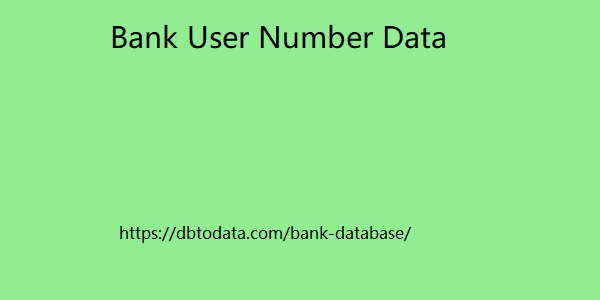|
|
The company's bank reconciliation is carried out, it is possible to understand that the entire process must be closely monitored, in order to provide concrete information for the entire accounting team. Hands typing on a notebook and others using a cell phone looking for information for bank reconciliation. After all, these will be the professionals who will close the cash register at the end of the month and, therefore, they will be the ones who will warn you about losses caused by non-payment. Immediate losses should also be highlighted in this topic, as they represent discounts that are rarely observed on the bank statement. This means that, when a new partner is hired, for example, some fees may go unnoticed, revealing a lower balance than should be in the account. Finally, one of the benefits that attracts the most attention.
Among entrepreneurs who decide to research how to do bank reconciliation is the corporate card, which ends up having a characteristic process for its invoice. In other words, all expenses made with this card can be understood and monitored so that you can promote improvements in your cash flow. How to do bank reconciliation? Now the time has come to reveal the practice of bank reconciliation! Once you already have knowledge of the topic and know what its main benefits are, you can quickly test this Bank User Number Data process in your industry. To make it easier, we created a step-by-step guide. Check it out: step 1: make entries daily this task is not difficult and can be done daily by your industry accountant. This professional, in addition to being an expert in knowing what bank reconciliation is, must monitor everything that comes and goes in the cash flow of his industry.

Furthermore, it is his duty to inform all bank accounts that are involved in the transactions. Some good examples of releases that should be monitored daily are: supplier payments; payments of employee salaries; fees, interest and taxes; money that must be received from customers. Step 2: check industry bank statement balance the second step for you to carry out conciliation is also very simple. Well, it consists of checking the balance of your industry's bank statement. This must be done precisely because the initial balances must match the final balances. Step 3: check out all the launch details the third step has to do with checking the release dates of your bank statements. In other words, it is important that the analysis is based on the correct date and correct values for ideal financial control. Step 4: correct release differences to finalize your reconciliation, it is necessary to.
|
|